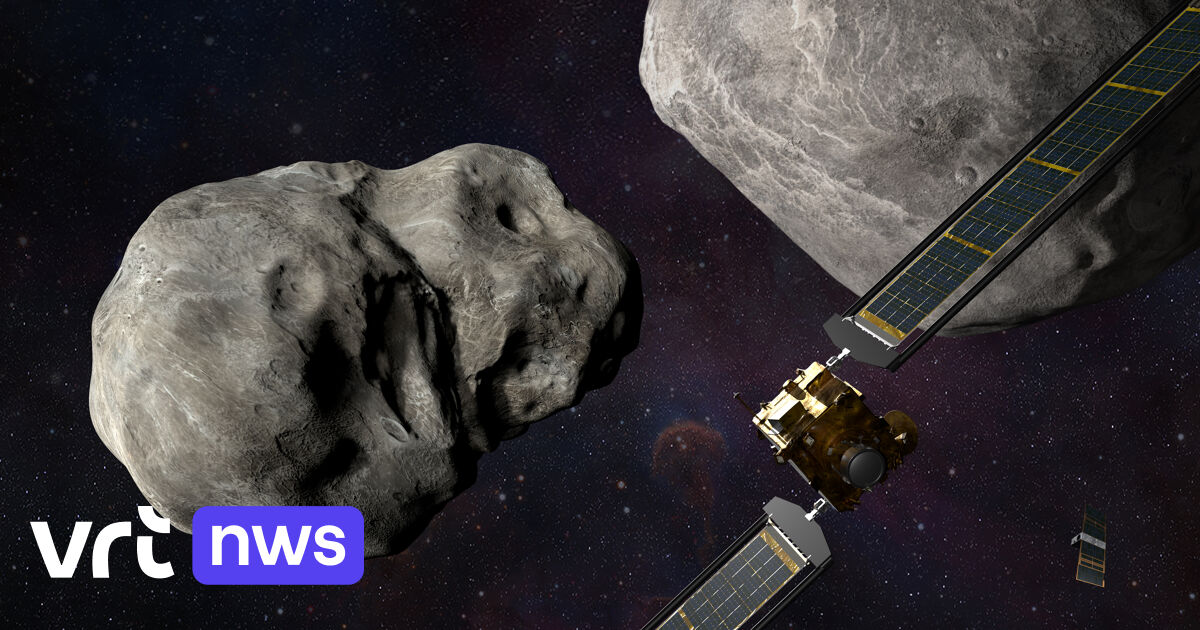The transfer of momentum – mass times speed – from the spacecraft on Dimorphus will hopefully change the moon’s speed by a fraction of a percent.
That will change the orbital period of Dimorphus around Didymos by several minutes, estimated to be between 3 and 10 minutes. That is enough to be observed and measured with telescopes on Earth. Dimorphus now orbits Didymos for 11 hours 55 minutes and if that time changes by 73 seconds, that’s enough to call the test a success, the press conference said.
The researchers also want to measure momentum transfer so that they would have an idea of what it would take to deal with an asteroid that poses a threat to Earth. Although it must be said that this depends on the distance at which intervention would take place. The best time to deflect a dangerous asteroid from its orbit is years and even decades before it comes close to Earth. After all, the further she is, the less force it takes to change her orbit sufficiently.
To measure the impulse transfer, the researchers mainly rely on the Italian LICIACube, a small spacecraft that travels with DART and that is ejected ten days before the collision. That cube will then follow DART and will also fly past Dimorphus after impact. In doing so, he will send images to Earth of the impact and of the ejecta, the material thrown off by the collision.
The researchers expect tons of material to be thrown into space, possibly tens of tons, and they can calculate the impulse transfer using the images from the LICIACube of that ejecta.
Observations with telescopes on Earth of Dimorphus will follow until February/March 2023 and it is planned that the European Space Agency ESA will launch Hera to Didymos in 2024. That spacecraft should then arrive at the asteroid system in 2027 to see the consequences of the collision in more detail.
Incidentally, the orbit of the large asteroid Didymos will also change due to the collision, since the two asteroids are bound together by gravity, but because the moon Dimorphus is so small in proportion, that change will be too small to be measurable.
A video in English from the Applied Physics Laboratory at Johns Hopkins University about the mission.
–


